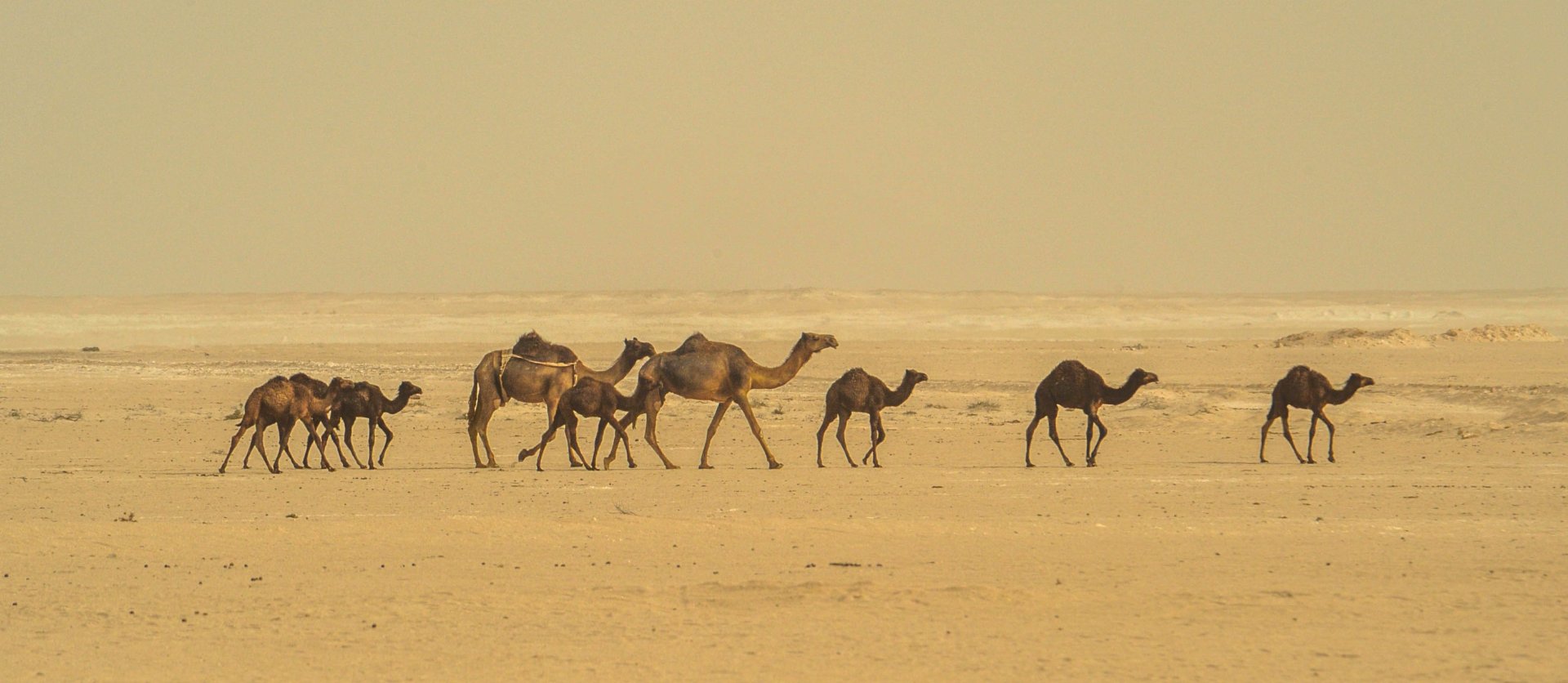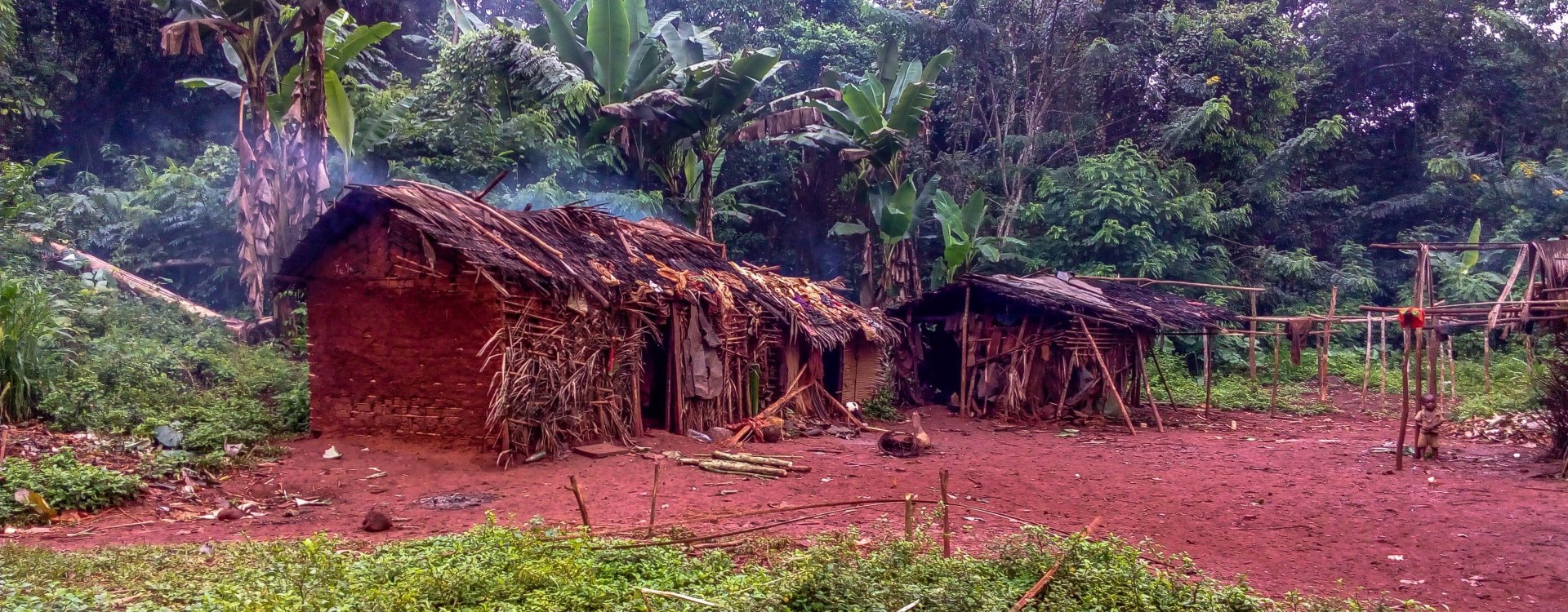The Bale Mountains are located in southeastern Ethiopia, within the Bale Mountains National Park. This range is part of the larger Ethiopian Highlands and is known for its stunning landscapes, rich biodiversity, and unique ecosystems. Discover the Bale Mountains, a unique natural gem in southeastern Ethiopia, home to stunning landscapes, rich biodiversity, and rare wildlife found nowhere else on Earth. Spanning over 2,000 square kilometers, this breathtaking national park offers towering peaks reaching above 4,000 meters,.
Geography and Landscapes
- The Bale Mountains form part of the Great Rift Valley, with landscapes that include alpine meadows, volcanic formations, deep gorges, and lush forests.
- The highest peak is Tullu Dimtu, which rises to 4,377 meters (14,360 feet) and offers breathtaking panoramic views.
- The Sanetti Plateau, located at an average altitude of over 4,000 meters, is one of the highest and largest plateaus in Africa.
Biodiversity
The Bale Mountains are recognized for their rich and unique biodiversity. Many of the species found here are endemic, meaning they are not found anywhere else in the world.
- Ethiopian Wolf: The Bale Mountains are home to the Ethiopian wolf, the world’s rarest canid, and one of the most endangered carnivores in Africa. These wolves are only found in the highlands of Ethiopia.
- Mountain Nyala: A large antelope endemic to Ethiopia, the mountain nyala is one of the highlights of the region's fauna.
- Birdlife: Over 280 bird species have been recorded in the Bale Mountains, including endemics like the blue-winged goose and the Abyssinian catbird.
- Vegetation: The park contains unique afro-alpine ecosystems, including the Harenna Forest, one of the largest tropical cloud forests in Africa, known for its giant trees, bamboo groves, and endemic plant species.
Climate
- The Bale Mountains experience a range of climates due to their varying altitudes. The high-altitude areas are cool, with frost common at night, while the lower slopes, especially in the Harenna Forest, have a more tropical and humid climate.
- Rainfall is highest during the rainy season, from March to May, and again from September to November.
Beetles







